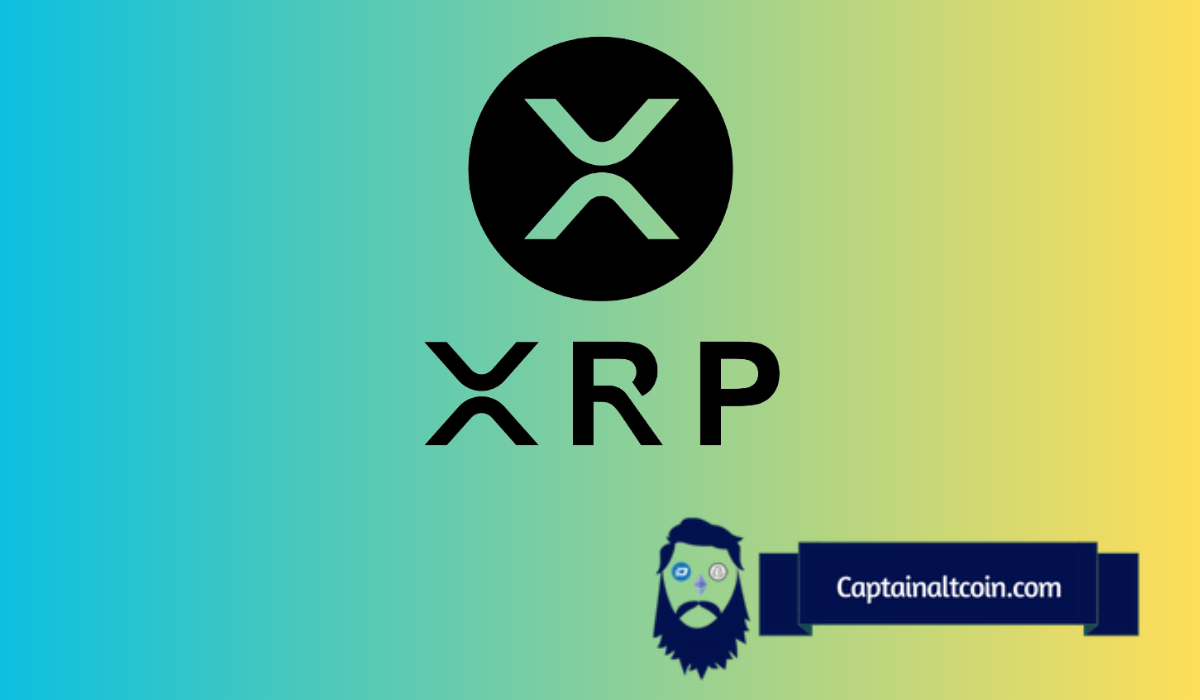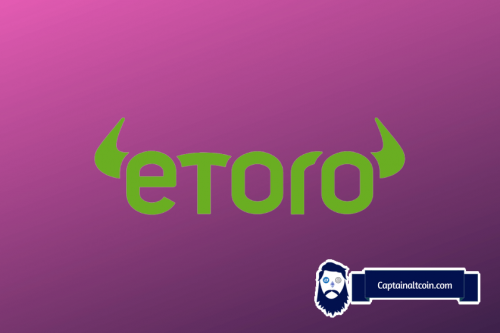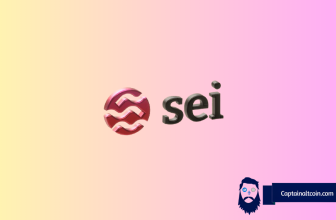
In one of its recent posts, RippleX shared why XRPL is the chain of choice for creators. The tension between creators and digital platforms over fair compensation is a tale as old as the internet itself. Remember when Metallica’s Lars Ulrich took Napster to court in the early days of Web1.0 for illegal downloading? Fast forward to the Web2.0 era, and streaming giants like Spotify continue to be criticized for poor artist remuneration.
Case in point: award-winning violinist Tasmin Little disclosed she earned a mere $15.50 for six months during the pandemic, despite racking up 3.5 million streams on Spotify.
What you'll learn 👉
The Broken Model of Creator Royalties
In traditional art markets, artists often see compensation only at the point of the initial sale. Subsequent transactions and appreciation in the value of their work rarely, if ever, contribute to their income. This lack of visibility over the provenance and transaction history of their creations is a sticking point that has hindered the creative economy for years.
Enter the transformative power of blockchain technology, and more specifically, tokenization. As industry commentator OnXRP puts it, “Royalties became one of the main selling points in the early phase of the NFT (Non-Fungible Token) market.”
The idea was compelling: leverage blockchain to ensure artists not only benefit from initial sales but also reap financial gains from secondary transactions through embedded smart contracts. It appeared we were on the brink of a new creator-centric economic model.
However, the reality has been less rosy. Prominent NFT marketplaces like X2Y2 and Magic Eden wavered on the commitment to mandatory royalties. OpenSea, the NFT behemoth, even flirted with axing creator royalties altogether.
The inevitable uproar from the community led to reversals, but the incidents leave unsettling questions: Are NFT creator royalties truly secure? And how can artists ensure robust protection of their intellectual property?
To tackle these questions, protocol-level solutions are emerging, notably in the form of XLS-20. Designed with creators in mind, XLS-20 mandates automatic royalties and co-ownership features, offering a lower barrier to entry for launching NFT projects. This is particularly vital for smaller artists who may not have an army of lawyers and technologists at their disposal.
Doge2014 raises 500K in days celebrating Dogecoin. Make potentially big profits and get in on exclusive airdrop!
Show more +Artist and author BUA emphasized the need for “accurate protections—including enforceability and traceability—that don’t require artists to sign away their rights just to participate in the ledger.”
Why XRPL Stands Out
The XRP Ledger (XRPL) offers a robust platform for this enhanced NFT experience, excelling in speed, affordability, and scalability. It’s green by design, being the first major carbon-neutral blockchain, and it accommodates a wide range of use cases—from art to gaming and utilities—at a fraction of the energy cost of other chains.
Jessica Ragzy Ewud, an artist in the field, praised the user-friendliness of XLS-20, saying it eliminates the need for complex smart contracts, allowing artists to “focus on the creative process rather than a technical one.”
By ensuring a royalty structure, the XRPL fosters a symbiotic relationship between marketplaces and creators, one built on mutual interests beyond just income and volume. OnXRP adds, “By having this royalty structure, we are incentivized to keep pushing the projects to new horizons.”
The introduction of XLS-20 not only maximizes value for creators but also elevates the XRPL as the blockchain of choice for NFTs, setting a new standard in how technology can serve the creative community. By prioritizing the needs and rights of creators, the XRPL is helping to manifest a more equitable, transparent, and sustainable creator economy.
We recommend eToro
Wide range of assets: cryptocurrencies alongside other investment products such as stocks and ETFs.
Copy trading: allows users to copy the trades of leading traders, for free.
User-friendly: eToro’s web-based platform and mobile app are user-friendly and easy to navigate.







